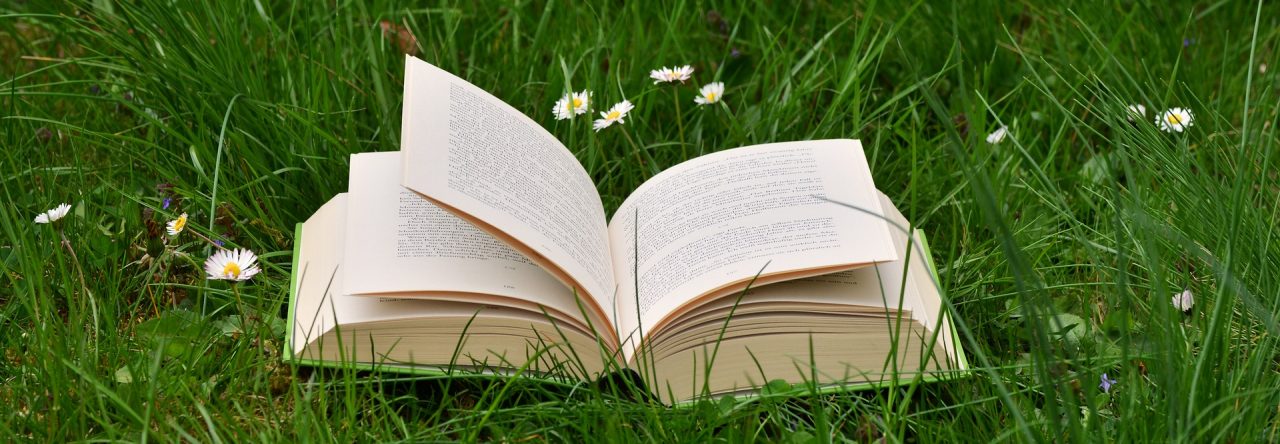
Dune is often called a Science Fiction masterpiece. Now, in 2020, it’s coming out as a movie that will probably be a major hit. After the release of the movie, I’m guessing the Dune books will enjoy a new wave of popularity, so I recently read them with a view to determining their level of appropriateness for teen readers. In order to make this review a manageable length, I will concentrate on the issues I found in the first book.
Premise
Dune‘s setting is a futuristic interplanetary society where noble houses, a corrupt emperor, a power-hungry pilot’s Guild, and big-business CHOAM vie for power and wealth. There’s also the Bene Gesserit, a warrior-nun group which pursues its own agenda striving for racial purity and power. Wealth in the world of Dune is measured in terms of Melange, also called Spice, a drug which has whole universe under its thrall.
The plot centers around Paul Atreides, a teenager coming of age in one of the noble houses. Paul’s family takes charge of Arrakis, the planet which produces all the Spice. Paul is a unique combination of visionary, genius, and leader. With the aid of his Bene Gesserit mother Lady Jessica, he becomes the leader of the Fremen, a nomadic warrior tribe who control the Spice fields. At the head of the Fremen, Paul takes control of the Empire.
There’s no denying that the scope and richness of the Dune series is captivating. The insights about greed for power and wealth and its results are commendable. I even appreciated the first book simply as a literary work. But as a parent, I found several concerning aspects with this book on multiple levels.
Concerns
Drug Use: the entire planetary system in the world of Dune is addicted to Spice, their drug of choice. Many are well aware of this fact, but choose addiction because they want the heightened senses and visions the Spice brings. There is a heavy emphasis on the powers and enhancements the drug provides. A recipe for encouraging teens to try drugs, anyone?
Sexual content: Lady Jessica is a concubine. There is a scene where another Bene Gesserit “sister” is sent by her husband to sleep with a teenage boy whose DNA they want for their breeding program. Paul takes a concubine from among the Fremen and has a son with her. None of this is particularly graphic; it is more stated than described.
Anti-Catholic content: The Bene Gesserit are basically nuns. Well, except they’re obsessed with preserving the best genes, so frequently become concubines, commit adultery, and so on. They use terms like “Reverend Mother” for their leaders. They send “Missionaries” to other planets to sew seeds of “storylines” in case one of the sisterhood is ever in need. The concept of an “awaited Messiah” is one of these intentionally created legends.
Both the depiction of Bene Gesserit and use of Messiah motif are troublesome. In the world of Dune, the coming of a Messiah is basically a big hoax carefully planned for millennia. “Religion” is an intentional manipulative force used by the Bene Geserit to further their own secret goals of racial purity.
Conclusions
I really dislike it when authors take Catholic terms and intentionally try to pervert the mental connotations, seeding doubt and reversion in the reader’s mind when they hear terms like “Reverend Mother,” “Messiah,” or “Missionary.” In Dune, this agenda extended to the entire concept of religion. For me, that largely ruined the Dune books so I wouldn’t recommend them for teens.
But, if you have an older teen who loves science fiction and really wants to read them, I recommend encouraging an analytical approach. For example, ask your teen to intentionally try to spot all the examples of twisting Religion and Christian terms in a negative way. Or ask them to form an opinion on whether author Herbert was intentionally normalizing drug use and free love. A mature teen can gain a lot of benefit can by this kind of intentional analysis.
Looking for better books for your teens? Check out my book lists, especially my lists for high schoolers!















